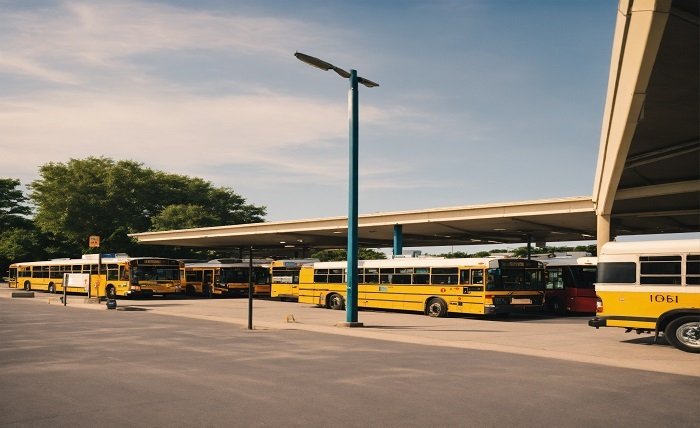Everyday life often changes in small steps. We don’t always notice the shift until it becomes normal. Today, two technologies—self-driving buses and AI news anchors—are moving from experiment to reality. Both raise questions about safety, work, and trust. And, much like the way digital platforms host interactive games such as monopoly big baller india, they show how quickly human-centered systems can move into machine-driven territory.
Why Cities Are Testing Driverless Buses
Public transport is one of the hardest services to keep running smoothly. Buses need drivers, schedules, and constant coordination. By removing the driver, operators hope to solve several problems at once: staffing shortages, rising costs, and inconsistent timetables.
Self-driving buses are easier to test than private cars because routes are fixed. Sensors can be trained on the same turns, stops, and intersections. This reduces the number of unknowns compared to a car navigating unpredictable city traffic.
Still, testing in real-world conditions exposes gaps. Machines must handle sudden events—a child running into the road, a car breaking traffic rules, or bad weather. These scenarios are where human judgment has always played a role. The challenge is not just technical but social: passengers have to believe the bus will react as safely as a human would.
Safety and Accountability
Safety is the first thing people ask about. Even if statistics eventually show that autonomous vehicles make fewer mistakes, the public tends to focus on rare but high-profile failures. When a machine is involved in an accident, the reaction is different than when a human driver is at fault.
The legal side is also unclear. If an accident happens, who carries the blame—the city running the service, the company providing the software, or the manufacturer of the sensors? These questions need answers before widespread adoption. Without clear rules, cities may hesitate to expand programs beyond small trials.
AI Anchors and the Nature of News
The newsroom is another place where automation is taking hold. AI-generated anchors now appear on screen in some countries, reading headlines and delivering reports. They don’t get tired, don’t miss work, and can present the news in multiple languages with the same face.
For media outlets, the appeal is obvious. Costs go down, production becomes faster, and content can run around the clock. But the deeper issue is whether audiences accept news without a human figure behind it. A real anchor is not just a voice. They signal trust, show emotion, and sometimes reflect the mood of society. AI can deliver information, but it is less clear whether it can deliver meaning.
Work and Human Presence
Both of these technologies highlight the same tension: efficiency versus presence. Drivers and anchors are not only workers; they are part of the experience. A driver greets passengers, keeps order on the bus, and can make small decisions in unusual situations. A news anchor’s hesitation or emphasis gives the audience a sense that a human is speaking to them.
If machines take over, these roles are stripped down to their most functional parts. The result may be faster and cheaper, but it also risks feeling hollow. Some people may accept that tradeoff, but others will miss the human connection built into daily routines.
What Comes Next
In practice, the future will probably be mixed. A bus may drive itself, but a staff member could still ride along to reassure passengers and handle unexpected events. AI anchors might handle short bulletins, while human journalists take on interviews or sensitive stories.
The bigger point is that these technologies push society to decide where machines are acceptable and where humans remain essential. This decision won’t be uniform. Some communities will adopt automation quickly; others will hold back. The pace will depend on trust, cost, and cultural values.
Conclusion
The merging of technique and technology is not just about new tools—it’s about redefining daily systems. Self-driving buses and AI anchors show how much can be automated, but they also highlight what people stand to lose if everything becomes machine-run. The task ahead is to balance efficiency with the need for human presence. That balance, more than the technology itself, will shape the future of transport, news, and everyday life.
